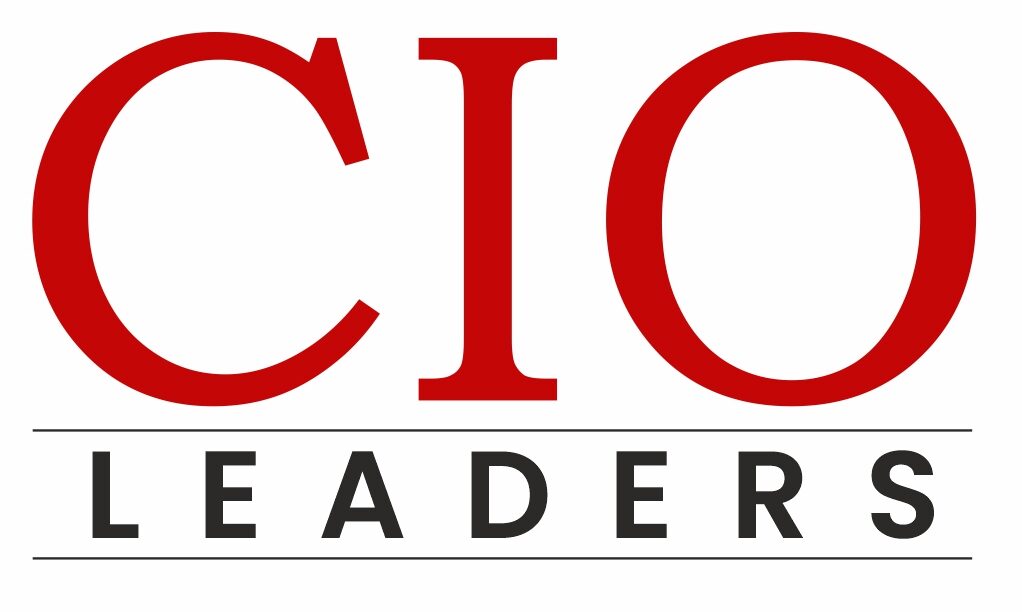In today’s globalized and interconnected world, building a diverse and inclusive workplace has become more important than ever. Companies that prioritize diversity and inclusion not only demonstrate their commitment to social responsibility but also reap numerous benefits.
This article explores the advantages of fostering diversity and inclusion in the workplace and provides some best practices to help organizations create an environment that embraces and celebrates differences.
Benefits of a Diverse and Inclusive Workplace:
Enhanced Innovation and Creativity: A diverse workforce brings together individuals with unique perspectives, backgrounds, and experiences. This diversity of thought and ideas fuels innovation and creativity, leading to fresh solutions and a competitive edge in the marketplace.
Improved Decision-Making: When teams comprise individuals from diverse backgrounds, they bring a wider range of perspectives to the table. This diversity of viewpoints enables more robust and well-informed decision-making processes, minimizing biases and group thinking.
Increased Employee Engagement and Retention: Inclusive workplaces foster a sense of belonging and acceptance among employees. When individuals feel valued and respected for who they are, they are more likely to be engaged, motivated, and loyal to the organization. This, in turn, directs to higher employee retention rates and reduces turnover costs.
Expanded Market Reach: Building a diverse and inclusive workforce helps companies better understand and connect with diverse customer bases. By having employees who represent different demographics and cultural backgrounds, organizations can tailor their products and services to meet the needs of a distinctive range of customers.
Enhanced Reputation and Employer Branding: Inclusive companies are viewed favorably by both customers and potential employees. Such organizations attract top talent who seek a supportive and inclusive work environment. Building a positive reputation for diversity and inclusion strengthens an organization’s brand and can differentiate it from competitors.
Best Practices for Creating a Diverse and All-encompassing Workplace:
Establish Clear Diversity and Inclusion Goals: Define measurable objectives and integrate them into the organization’s mission, vision, and values. This demonstrates a commitment to diversity and inclusion and provides a framework for progress.
Foster Inclusive Leadership: Leadership plays a pivotal role in driving diversity and inclusion efforts. Leaders should lead by example, champion diversity, and create a culture that encourages open dialogue, respect, and collaboration.
Implement Unbiased Recruitment and Hiring Practices: Review and revise recruitment and hiring processes to mitigate unconscious biases. Use diverse interview panels, structured interviews, and blind resume screening to ensure fair evaluation of candidates.
Provide Diversity and Inclusion Training: Offer comprehensive training programs to enhance employees’ understanding of diversity, unconscious bias, and inclusive behaviors. These initiatives promote awareness, empathy, and respect among team members.
Encourage Employee Resource Groups (ERGs): ERGs provide a platform for employees to connect, share experiences, and support one another. Encouraging the formation of ERGs based on various dimensions of diversity fosters a sense of belonging and offers opportunities for networking and mentoring.
Create Inclusive Policies and Benefits: Review existing policies and benefits to ensure they are inclusive and meet the needs of a diverse workforce. Consider flexible work arrangements, parental leave policies, and healthcare benefits that cater to different lifestyles and family structures.
Adoptive Culture of Respect and Open Communication: Encourage dialogue, active listening, and feedback to create a comprehensive environment where employees feel comfortable expressing their opinions and concerns.
Conduct a Diversity and Inclusion Assessment: Begin by assessing your organization’s current diversity and inclusion landscape. Collect data on employee demographics, satisfaction levels, and perceptions of inclusivity through surveys or focus groups. This assessment helps to identify areas for improvement and guide your diversity and inclusion initiatives.
Establish Employee Accountability: Encourage employees at all levels to take responsibility for fostering diversity and inclusion. Make it clear that creating an inclusive environment is everyone’s duty, and hold individuals accountable for their actions or behaviors that undermine inclusivity.
Promote Cultural Competence: Provide cultural competence training to enhance employees’ understanding and appreciation of different cultures, beliefs, and practices. This training can help prevent misunderstandings, foster empathy, and promote inclusive interactions.
Support Career Development and Advancement: Create opportunities for professional growth and advancement for all employees, regardless of their backgrounds. Implement mentoring programs, leadership development initiatives, and succession planning that consider diverse talent and provide equal access to growth opportunities.
Address Microaggressions and Bias: Educate employees on identifying and addressing microaggressions and unconscious biases. Encourage open discussions about these issues and provide resources to help individuals navigate difficult conversations and challenge biased behaviors effectively.
Offer Employee Support Programs: Implement employee support programs that address the exclusive needs and challenges faced by different groups within your workforce. For example, programs focused on work-life balance, mental health support, or employee resource groups for specific demographics or communities.
Engage in Community Partnerships: Establish partnerships with community organizations that promote diversity and inclusion. Engaging in initiatives and events that celebrate diversity can enhance your company’s visibility as an inclusive employer and provide networking opportunities with diverse talent pools.
Regularly Assess and Measure Progress: Continuously monitor and evaluate the effectiveness of your diversity initiatives. Set key performance indicators (KPIs) and regularly review your progress against these metrics. Adjust your strategies as needed and celebrate milestones to maintain momentum.
Engage Leadership and Management: Ensure that leaders and managers actively promote and support diversity and inclusion efforts. Incorporate diversity and inclusion goals into performance evaluations and provide training for managers on inclusive leadership practices and addressing bias.
Seek Feedback and Listen to Employees: Create channels for employees to provide feedback and suggestions on diversity and inclusion matters. Regularly solicit input through surveys, focus groups, or anonymous suggestion boxes. Actively listen to employee perspectives and take appropriate action to address concerns or implement valuable suggestions.
Remember, building a diverse and inclusive workplace is an ongoing process that requires continuous learning, adaptation, and commitment from all members of the organization. By implementing these additional pointers, you can further strengthen your efforts to create a workplace that values and respects the diverse backgrounds and experiences of its employees.

